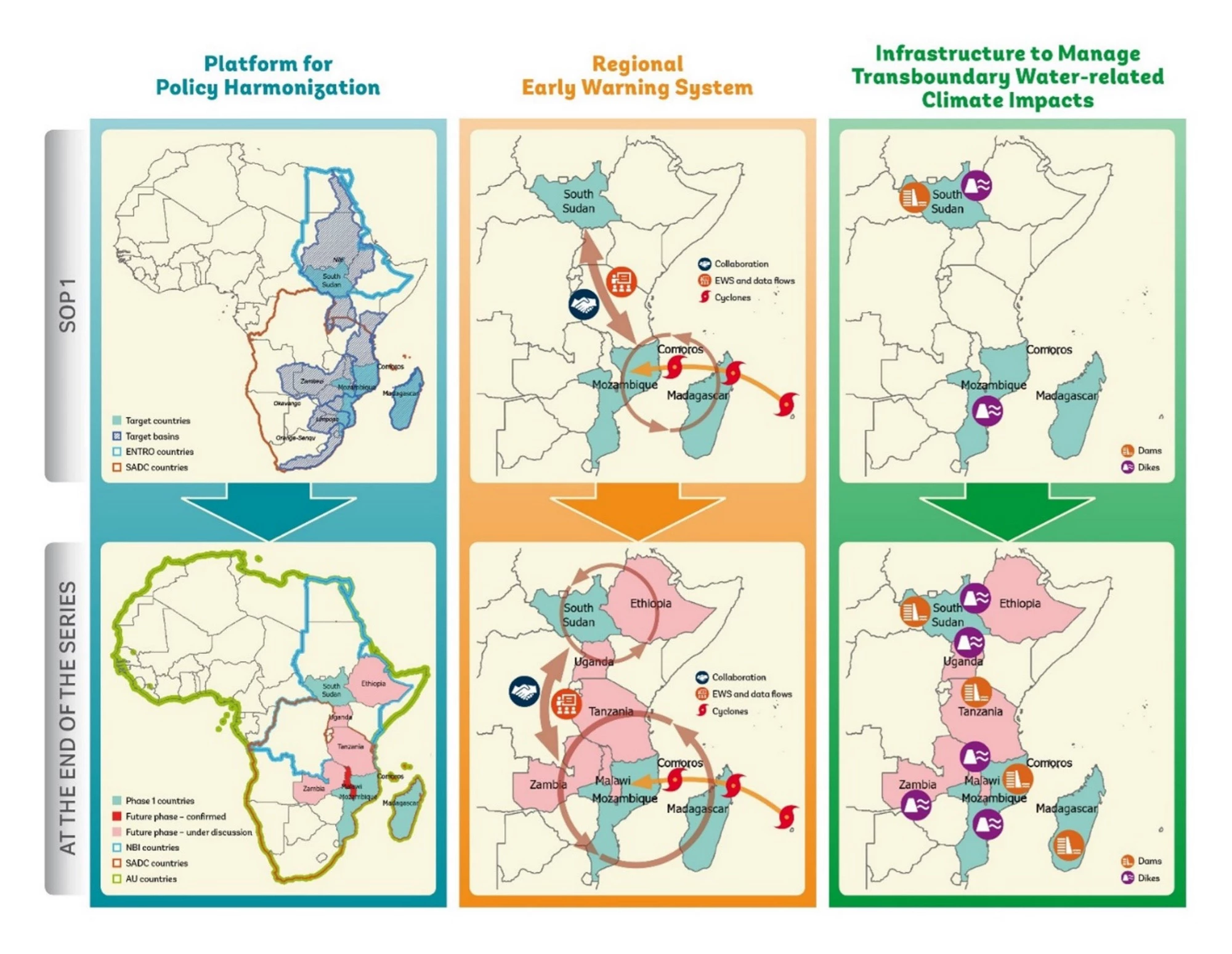Globally, the demand for timely and accurate health information is growing, driven mainly by an increased focus on strategic resource allocation and priority setting, as well as the availability of technology. However, in real life, setting up a system to capture accurate and timely information comes with many challenges especially in low and middle income countries. System inputs are often costly, hard to build and maintain and difficult to integrate.
A well-functioning health information system serves multiple purposes; besides improving patient care, it improves healthcare quality, increases administrative efficiencies, and gets the right information to the right people at the right time. When done right, it can enable policy makers and managers to make informed decisions.
A decade ago, Tamil Nadu health system suffered from a lack of real time data to monitor performance of hospitals and various health programs deployed in the state. Retrieval of manual records was labor-intensive, time-consuming and fraught with errors. Maintenance and management of medical equipment for the entire public health system was also a challenge.
To address this, the World Bank-supported Tamil Nadu Health Systems Project embarked on a unique initiative – the first of its kind in India, in terms of scale and scope. If successful, the project would establish a comprehensive state-wide Health Management Information System (HMIS) to streamline clinical, administrative, and logistical processes to improve the operational efficiency of the public health system in the state. While validated granular clinical data would be available for timely interventions and research and analysis, key performance, efficiency, and quality indicators would be available for managers and administrators to support planning, forecasting, and informed decision making. The system would support real-time management of resources, whether human or relating to infrastructure or drug inventories.
And, in fact, this is what happened.
The transition from paper-based health records to an IT-based system was complex and required significant groundwork at different levels: administrative, technological, cultural and institutional. Several preparatory steps were needed to establish the required policies and processes, as well as to promote acceptability and compliance. To mention a few examples: (i) Extensive training sessions were held for IT coordinators, healthcare system staff, and various other stakeholders, (ii) A thorough study of the entire health system and its process was undertaken to decide on the software specifications, (iii) New posts were created at the district and state levels to support ICT interventions; and (iv) Budgetary provisions were made for all the necessary infrastructure and system maintenance requirements. A focus on quality, return on investment, as well as ease of end-user adaptation was the overall driver of the initiative.
Rolled out in phases starting December 2008, the HMIS comprises:
- A Hospital Management System (HMS), which automates all clinical activities in a public health care facility;
- A Management Information System (MIS), which is an online reporting platform for clinical and ancillary support services, national health programs, and administrative information for all public health facilities;
- A College Management System (CMS), which automates the academic activities of government medical colleges;
- A University Automation System (UAS), which automates activities of the Tamil Nadu Dr. MGR Medical University; and
- Customized websites for 20 government medical colleges.
Initially piloted in five government hospitals, the HMS is fully functional in 264 secondary care hospitals and 50 tertiary care hospitals in the state, while MIS has integrated 1,889 primary health centers, 264 secondary care hospitals, and 50 tertiary care hospitals. CMS is operational in 20 government medical colleges and all processes involved in student enrollment, course offerings, setting up of timetables and examinations are, for instance, now fully automated. UAS is rolled out in the Tamil Nadu Dr. MGR Medical University, which is one of the largest such systems in India, and establishes an automated workflow that covers all the 600+ medical institutions affiliated to the University – both government and private.
Today, HMIS in Tamil Nadu is playing a catalytic role in standardized, smoother workflows in hospitals; operational efficiency in patient management; and evidence-based procurement of drugs and equipment. Additionally, the rational deployment of resources, significantly improved maintenance and management of assets, and improved accountabilities have improved both patient and provider satisfaction.
With a strategic eye on the future, the Health & Family Welfare Department of the Government of Tamil Nadu has invested in a State Health Data Resource Center—a centralized repository of all health data in the state, which can be mined to a granular level in support of evidence based policy formulation, planning, resource allocation, performance management and research. This model could well serve as a template for a similar initiative that is currently being contemplated at the national level.
Related
Story: Tamil Nadu Health System Project



Join the Conversation